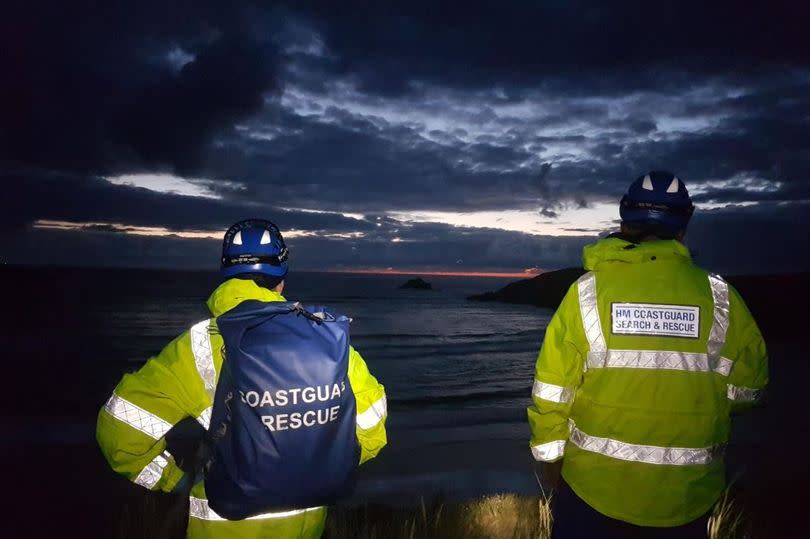Swimmer caught in rip current drowns after being lost at sea

A swimmer drowned after he was lost at sea after getting caught in a rip tide. Bude Coastguard Rescue Team were called at 9.24pm on Tuesday, June 4, to reports of people in difficulty just north of Northcott Mouth, near Bude.
Two females managed to get back to shore but a man remained in the sea. Multiple coastguard, lifeboat and drone crews worked throughout the night and the following day, Wednesday, June 5, to find him.
Despite their best efforts, the missing man was not found and a body was discovered in the Crackington Haven area of Bude on Tuesday, June 18. In the aftermath of the tragedy, the coastguard has pointed beachgoers to advice on how to identify rip currents and deal with being caught in a riptide.
READ MORE
Bude Coastguard Rescue Team said in a post on Facebook: "Sadly, despite a thorough search, the missing male was not located at the time. Our thoughts very much remain with his family and friends."
What to do when caught in a riptide while sea swimming
The RNLI has safety advice for swimmers regarding what to do if they are caught in a riptide. The majority of RNLI lifeguard incidents involve rip currents and they are a major cause of accidental drowning.
What is a rip current?
Rips are strong currents running out to sea, which can quickly drag people and debris away from the shallows of the shoreline and out to deeper water. They tend to flow at 1–2mph but can reach 4–5mph, which is faster than an Olympic swimmer.
Rips are especially powerful in larger surf, but never underestimate the power of any water. They are also found around river mouths, estuaries and man-made structures like piers and groynes.
How to spot and avoid a rip current
Rip currents can be difficult to spot, says the RNLI, but are sometimes identified by a channel of churning, choppy water on the sea's surface. Even the most experienced beachgoers can be caught out by rips, so don’t be afraid to ask lifeguards for advice. They will show you how you can identify and avoid rips.
The best way to avoid rips is to choose a lifeguarded beach and always swim between the red and yellow flags, which have been marked based on where is safer to swim in the current conditions. This also helps you to be spotted more easily, should something go wrong.
What to do if caught in a rip
Don't try to swim against the current, you will become exhausted
If you can stand then try to wade, rather than swim
If you can, swim parallel to the shore until free of the rip and then head for the shore
Raise your hand and shout for help

 Yahoo News
Yahoo News 
